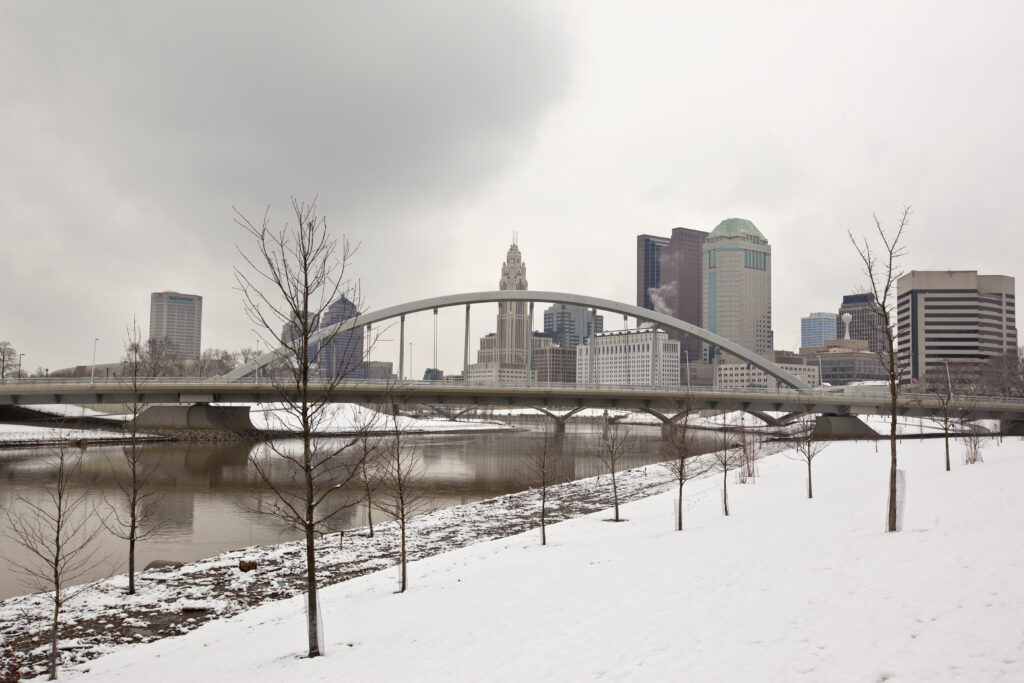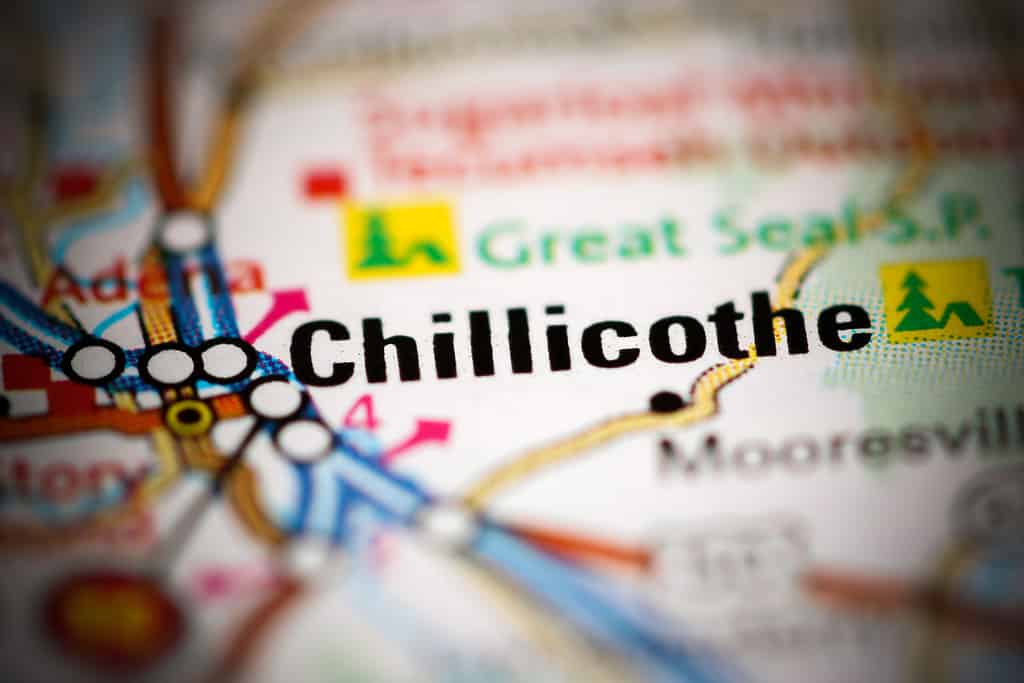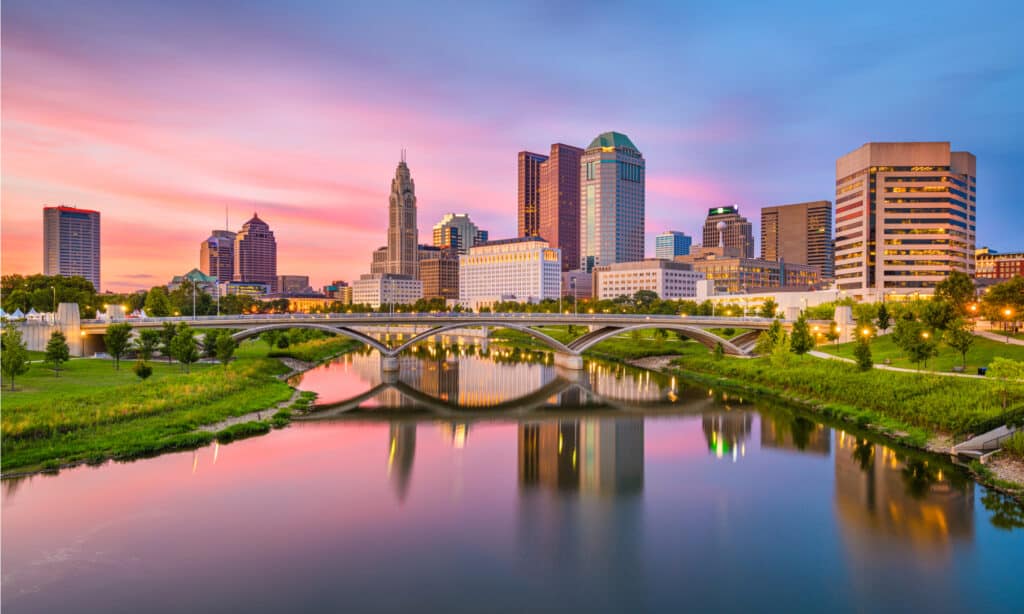Ohio’s state Capital, Columbus, is a bit unique in that it didn’t exist as a city until it was chosen as the site for the state’s capital in 1812. Before this, the state capital was located in Chillicothe and Zanesville. Columbus officially became the state capital in 1816 when construction was completed.
Why Was Columbus Chosen as Ohio’s State Capital?

Columbus was named after explorer Christopher Columbus.
©iStock.com/aceshot
The location of Columbus was ideal for a state capital due to its central location in the state. Ohio’s population was rising, and legislators wanted a governmental seat for the state that could accommodate a growing state. Plus, the location was easily accessible by river, which was a primary mode of transportation in the early 1800s.
Before being chosen as Ohio’s state capital by people who colonized the area, the area now called Columbus was inhabited by the Adena, Hopewell, and Fort Ancient people along the Scioto River. It was named after Christopher Columbus, the Genovese colonizer who was notably cruel and violent towards Native Americans. In 2020, residents of the city filed a petition to change the name of the city and there have been efforts to remove symbols and honors for Christopher Columbus in the city since the 1990s.
When and Why Was Chillicothe the Capital of Ohio?

The first state capital of Ohio was Chillicothe.
©SevenMaps/Shutterstock.com
Chillicothe made a natural choice for Ohio’s state capital at first. Before Ohio became a state, it was part of the Northwest Territory of the US, which included everything between Pennsylvania and the Mississippi River from east to west, and everything between the Great Lakes and the Ohio River from north to south. Chillicothe was a political center of the Northwest Territory and officially became the capital of the area in 1802. After Ohio became a state, it was the first capital from 1803-1810, and then again from 1812-1816 while the official state capital, Columbus, was under construction.
Today, Chillicothe has a population of just more than 22,000. It is the only city in an otherwise rural and sparsely populated area so it is an important economic center for the region.
When and Why Was Zanesville the Capital of Ohio?

Zanesville’s most distinguishing feature is the Y-shaped bridge that passes over the Licking and Muskingum Rivers.
©CEW/Shutterstock.com
Many believe the move of Ohio’s state capital from Chillicothe to Zanesville was a political one. Chillicothe is more to the south of the state, the political party then called Democrat-Republicans wanted to gain more control over the eastern part of the state, where Zanesville is located. So, they moved the capital there from 1810-1812.
Today, Zanesville has a population of 24,765 people. These days, it is known for a unique Y-shaped bridge that allows drivers to pass over the Licking and Muskingum Rivers.
Columbus, Ohio, Today

Not only the capital of Ohio, Columbus is also the largest city there.
©Sean Pavone/Shutterstock.com
Today, Columbus is not only the capital of Ohio, but it is also the largest city in the state. It has a population of over 900,000 people. After Chicago, it is the 2nd largest city in the midwest population-wise, and the 3rd largest state capital by the same metric. The overall metropolitan area has a population of over 2 million.
Some of the city’s nicknames help to describe its character. It is known as:
- The City of Neighborhoods
- The Discovery City
- Arch City
- The Biggest Small Town in America
- Cowtown
- Cap City
Some residents also shorten the name to Cbus in colloquial speech.
The city has over 150 sites on the National Register of Historic Places. Many of these are historic buildings and districts of the city. Those visiting the city can enjoy a number of museums, opportunities for concerts and performances, professional sports teams, and more than 350 parks within the city.
The photo featured at the top of this post is © iStock.com/TraceRouda
Thank you for reading! Have some feedback for us? Contact the AZ Animals editorial team.






